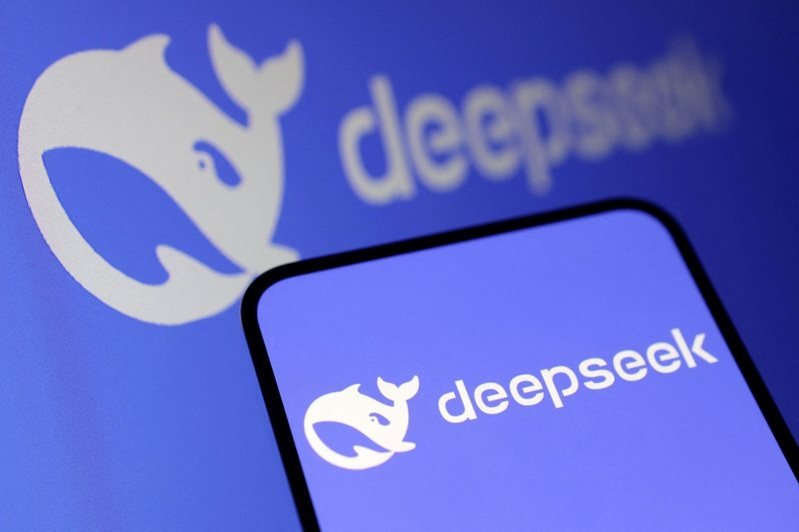
China’s DeepSeek has unveiled a significantly upgraded version of its AI chatbot, DeepSeek-R1-0528—marking a rapid escalation in the global AI race. While the company highlights its model’s enhanced logical reasoning, math-solving, and coding capabilities, this announcement should be a wake-up call for the United States and its allies: China is not just catching up in AI—it’s positioning itself to overtake.
According to DeepSeek, the latest R1 model rivals advanced Western models like OpenAI’s O3 and Google’s Gemini 2.5 Pro. It reportedly delivers fewer factual errors—what developers call “reduced hallucination”—and offers competitive performance, despite a much lower training budget. DeepSeek claims it only spent $6 million to train its original chatbot, which first launched in January 2025. That’s a fraction of what U.S. firms typically invest in large language models (LLMs).
The low-cost, high-efficiency development model should raise serious concerns in Washington. DeepSeek’s strategy reflects a broader Chinese approach: leverage national-scale datasets, state support, and less stringent data privacy norms to produce increasingly capable and competitive AI systems—quickly and cheaply.
And DeepSeek’s reach is growing fast. Since its launch, the chatbot has been downloaded 75 million times, with 38 million monthly active users reported in April. While OpenAI’s ChatGPT leads the market with 600 million users and Google’s Gemini follows at 350 million, DeepSeek’s trajectory underscores how aggressively Chinese firms are pushing into the global AI market.
The threat isn’t just economic—it’s geopolitical and ideological.
DeepSeek’s rise should not be underestimated. It represents more than a tech company—it is a tool of national ambition. For the United States, allowing Chinese AI to dominate the next phase of digital infrastructure is not just a commercial risk—it’s a national security failure in the making.
The time to act is now. U.S. policymakers must prioritize AI safeguards, invest in domestic innovation, and ensure that American values—not authoritarian ones—shape the future of artificial intelligence.